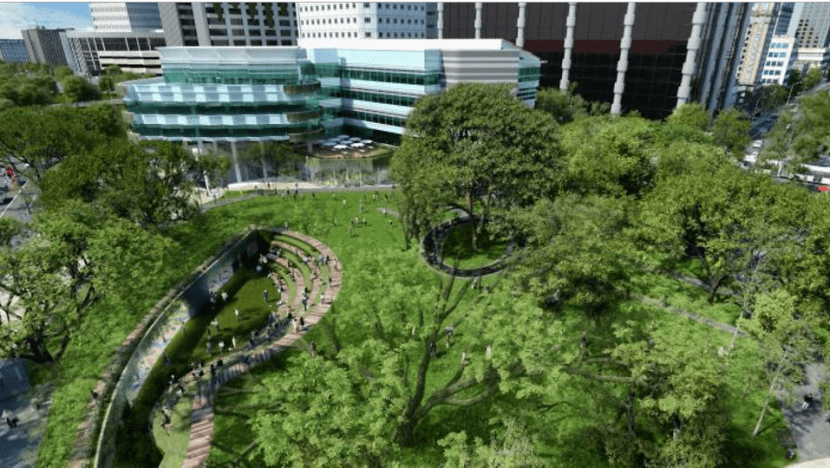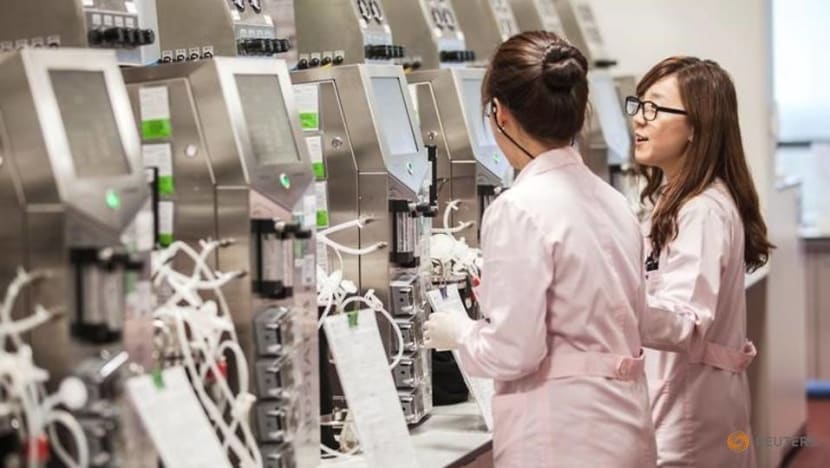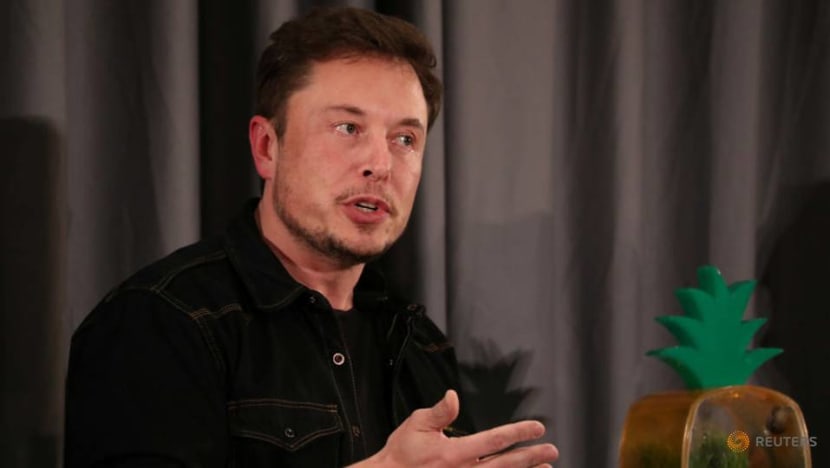commentary Commentary
Commentary: The rise of the rockstar engineer in smart city Singapore
Engineering is about solving problems and removing roadblocks, skills that are essential in building a smart city, says Johnson Controls' Ken Lim.

(Photo: Unsplash/Guilherme Cunha)
SINGAPORE: Mention “engineering” and the image of a nerdy, socially awkward character preoccupied with machines and working on mundane tasks springs to mind.
In reality, however, that perception is far from true.
Today, engineering has become more diverse compared to two decades ago. In the past, there were only four main fields of engineering – civil, chemical, electrical and mechanical – available in local universities. Now there are many sub-disciplines and specialist engineering fields such as biochemical, computing, pharmaceuticals and robotics, just to name a few.
An engineer’s work is as distinctive as it is sophisticated. A mechanical engineer could design products like toys, turbines and spacecrafts using his knowledge of materials, mechanics and energy transfer.
A biochemical engineer could use her knowledge of chemical, life and materials sciences to develop and test products in healthcare, petrochemicals, food and energy sectors.
ENGINEERS AND THE SMART CITY
Changing urban environment calls for new skills, and the role of engineers has become more sophisticated.
Smart cities projects have sprouted up throughout Asia, including Singapore. The underlying denominator to making a city “smart” is technology-led development – such as high-speed broadband and energy management systems – that lead to greater efficiencies, according to The Economist.
Smart cities are also about promoting sustainable growth, upskilling of jobs through innovation, and improving quality of people’s lives through technology advances in transportation systems, education and healthcare.
For instance, the Singapore Management University (SMU) has become a fully green campus. Johnson Controls’ engineers designed a chiller plant that met system efficiency standards, as well as right-sized the plant capacity and installed high efficiency chillers and other equipment.
The improved chiller plant system efficiency is expected to yield significant energy savings and expenditure for the university.

On the other hand, South Korea’s Songdo, an intelligent city built from the ground up, has nearly 40,000 residents and another 70,000 commute to the city daily for work.
Billed as a first-generation smart city, Songdo has a pneumatic waste disposal system that sucks trash from homes into processing centres for automatic sorting and recycling of the waste into renewable energy. Buried underneath the streets are sensors that detect traffic conditions and alter signals based on congestion.
HOW MANY ENGINEERS DOES IT TAKE TO BUILD A SMART CITY?
Singapore was built "on the backs of engineers" who spearheaded the nation’s economic growth. Now, with the push towards a Smart Nation, there is a need to develop even stronger deep engineering capabilities to solve complex engineering problems.
READ: Lessons from San Jose and Stan Lee as Singapore’s Smart Nation efforts enter new phase, a commentary
Some estimated 30,000 infocomm jobs, including tech engineering jobs, need to be filled by 2020.
Although engineering is a professional degree, it’s often seen as an outdoor, dirty job where an engineer would spend most of his time at a job site.
Long hours, low pay and poor job prospects are some of the myths that typically sum up people’s view of engineering.
To be fair, this can in some ways be true of the initial three to five years of an engineer’s professional life. But it is an essential phase to hone one’s technical skills and engineering knowledge, cumulating in experience that would be invaluable in the later stages of one’s engineering career.
ATTRACTING AND KEEPING ENGINEERING TALENT
So, what can we do to attract and to retain engineering talent?

Firstly, there’s a need to spread the passion for engineering. As a teenager, I used to work in my father’s air-con servicing business during the school holidays.
I was intrigued by the mechanism and was eager to learn more about the trade, despite always being covered in dirt and sweat from fixing the equipment. The experience sparked my interest to pursue engineering as a field of study and subsequently, my profession of choice.
We need to keep that spark of curiosity going with current engineers. They should be encouraged to be creative and to upskill themselves in the latest technologies, especially in embracing digital and data-driven ways of solving engineering problems.
In a built environment, this means the use of app-based and unmanned platforms to resolve issues. For instance, our engineers are tapping cloud technology to remotely monitor installed chillers, as well as to analyse the data sent back by the equipment to take preventive measures against threshold breaches.
Engineers need to see beyond the mundane to find meaning in their work. What we do or don’t do has a direct impact on the larger community.
For example, creating optimised work environments for building occupants allows them to be productive at work; or helping smart building owners save money by cutting energy consumption with well-designed, energy-efficient solutions.
When you strip it down to its bare essentials, engineering is about solving problems and removing roadblocks.
Beyond technical knowledge, engineers are tasked with project management and taking on leadership roles. Complex projects like the Marina Barrage or the Zero Energy Building at BCA Academy required deep engineering capabilities and a thriving engineering ecosystem for support.
READ: The Marina Barrage, a dream 20 years in the making, a commentary
Giving proper recognition to engineers and better incentives commensurate with their advanced skill-sets could help stem the drain of our engineering talents.
To nurture future engineers, it’s important to give students a peek into what real-world, real-life engineering is about through immersive, experiential hands-on learning.
Our collaboration with ITE College East — the setting up of a fully functioning chiller plant system designed for a classroom setting — allows students to apply their knowledge to real-life smart building management systems.
Previously, they could only observe equipment outside of the classroom and did not have access to live systems to experiment and operate in real-time.
Indeed, the “nerd” label does not do justice to the engineers of tomorrow. Think Elon Musk - the multi-billionaire engineer whose work is redefining transportation - and you’ll get the picture.

READ: How do we know when we've become a Smart Nation? A commentary
Engineers create interesting things that impact and potentially transform people’s lives.
Going forward, they will be challenged to apply their intelligence, creativity, skillsets and experience to design and develop smart cities for the masses.
So, how many engineers does it take to build a smart city? Well, the answer: “All of us.”
Ken Lim is general manager and managing director in Building Technologies and Solutions, Singapore at Johnson Controls.















